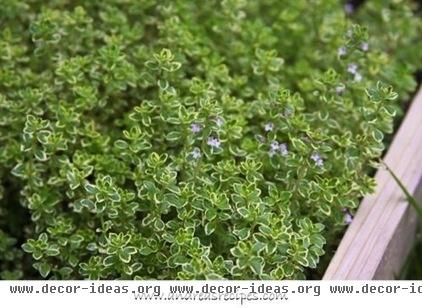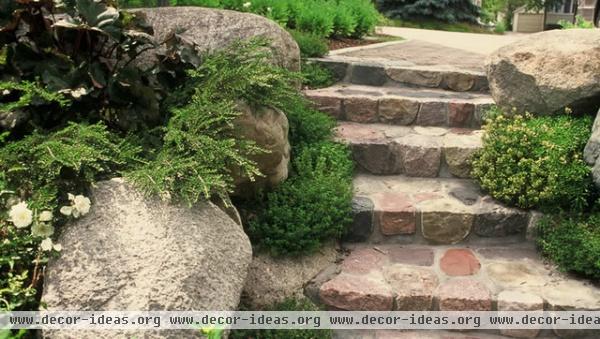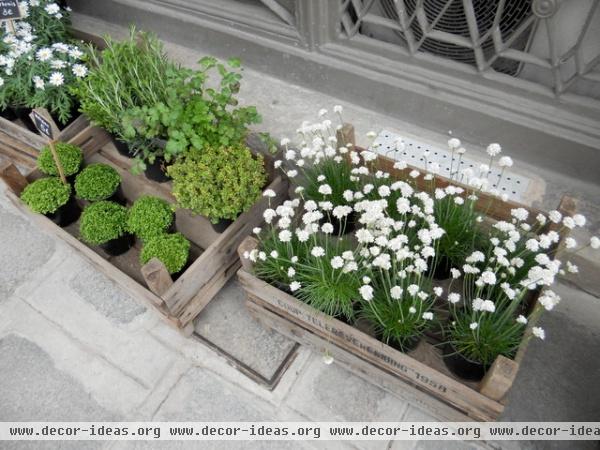Herb Garden Essentials: Grow Some Beautiful, Tasty Thyme
There’s a spot for versatile thyme in almost every garden. Depending on the variety, it can spread out to its heart’s content as a ground cover, sprawl over a wall, tuck neatly into a small corner, edge a garden with a row of rounded small shrubs or settle nicely into a container. It grows easily in most zones, surviving as an evergreen perennial in all but the more extreme climates, such as those that are very cold or hot and humid. Its white, pink and lavender flowers attract pollinating bees, which other edibles will appreciate.
No herb garden is really complete without thyme. For many gardeners and cooks, this has generally meant “common thyme,” known botanically as Thymus vulgaris, but other varieties are rapidly gaining in popularity. Foliage and flowers vary from species to species, so you can choose to plant all of the same or mix and match for a blended look in your landscape.
Note: Not all thymes are recommended for culinary use. Be sure to check the variety if you want one to use in the kitchen.

Light requirement: Full sun
Water requirement: Little once established
Where it will grow: Thyme grows easily in most zones, surviving as an evergreen perennial in all but the more extreme climates, such as those that are very cold or hot and humid
Prime growing season: Spring through fall; may die back in midsummer if too hot and humid
When to plant: Early spring; also fall in warm-winter climates
Favorites: Caraway, Common (English), French, Lemon, Lime, Mother of Thyme, Orange, Silver

Planting and care: You can start from seeds, but seedlings or transplants are usually easier to grow and are easy to find. Choose a sunny site. Thyme does well in dry, poor, slightly alkaline soil, but needs excellent drainage. For containers, choose a pot at least 10 inches wide.
Set plants out about 6 inches to a foot apart. Water regularly to establish them, then only as needed to keep them from drying out. There’s no need to fertilize.
Problems are rare. You might find the occasional spider mite or ant infestation. Root rot and nematodes may be a problem where climates are hot and humid.
Pinching or cutting back the tips and flowers are the easiest methods of keeping plants neat and healthy and encouraging new growth. Prune back more severely in spring after the last frost and again in mid- to late summer if plants become overgrown. You can cut the plant back to about a third its size, taking care to make the cuts above the new growth.
In coldest climates, cover or protect in winter. Thyme often reseeds freely. The plants can show their age after a few years, so you may want to replace them.
Harvest: Cut off the tips and the flowers when needed.

More: How to grow more herb garden essentials












